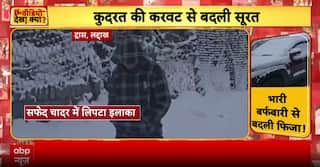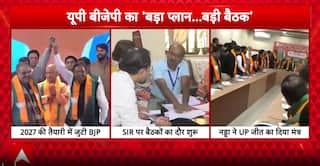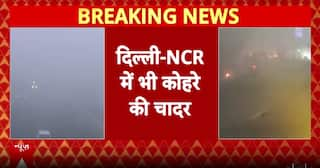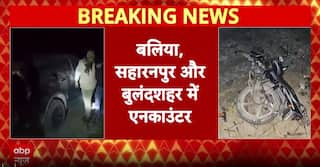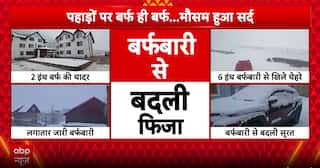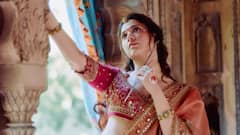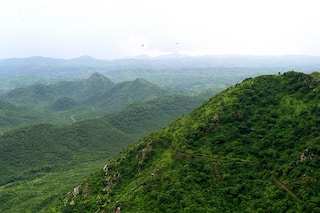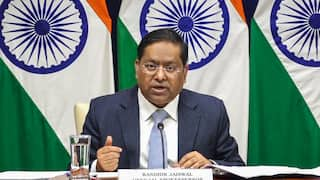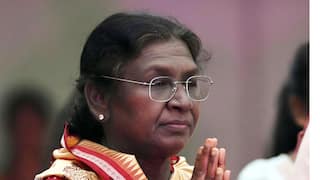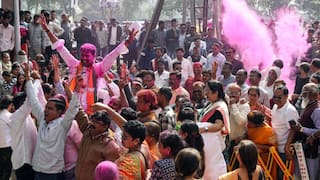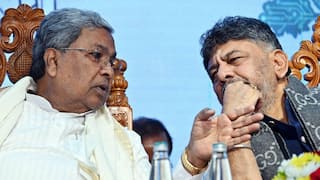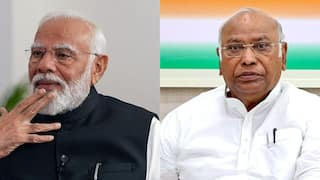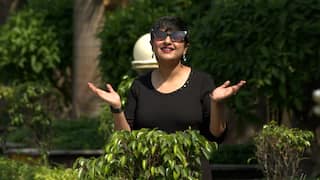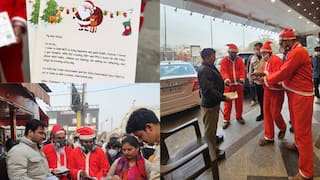Did You Know India Celebrates 10 Different Types of Holi? Check Interesting Facts Here
Holi is not just confined to playing with colours, water and gubbaras because people indulge in different activities to spread the Holi cheer across India.

New Delhi: The festival of color, Holi is finally here! It is when people get immersed in vibrant colours and happiness. The festival marks the onset of spring and signifies the triumph of good over evil.
Holi assumes different hues as the festival is observed in unique ways across the country. Holi is not just confined to playing with colours, water and gubbaras. There are various ways of celebration and people indulge in different activities to spread the cheer on Holi.
There are various ways in which people celebrate Holi in different parts of India. We bring you those interesting facts on the festivity from across different states.
ALSO READ: Happy Choti Holi Wishes 2022: Share Messages, Greetings & WhatsApp Status With Your Loved Ones
Lathmar Holi
The famous sequence in the song ‘Gori tu latth maar’ captures the essence of ‘Lathmar Holi’ celebrated in Barsana and Nandgaon villages near Mathura in Uttar Pradesh. The celebration of ‘Lathmar Holi’ begins almost a week before in Barsana. Keeping in sync with the story when Lord Krishna was chased away by the women of Barsana village when he came to see Radha, the ladies of this village till date hurl sticks at the men, keeping the spirit of Holi alive.
Phoolon ki Holi
Another fascinating event, popularly known as Phoolon ki Holi, is celebrated in Vrindavan. It takes place on the inside of the temple grounds and is well-known both in India and worldwide. People forego the use of colours and water to play Holi with flowers on the Ekadashi preceding Holi. The priests of Vrindavan’s Banke Bihari temple throw flowers at visitors as soon as the temple gates open.
Podcast | From Martial Arts to Lathmar, unique Holi traditions in India
Warrior Holi
Warrior Holi in Punjab is also known as ‘Hola Mohalla’. Marking the beginning of the Sikh New Year, Hola Mohalla is celebrated by Sikhs all around the world. Initiated by Sikh Guru Gobind Singh for Holi celebration, it is more about exhibition of physical agility. There’s wrestling, arts, mock sword fights, acrobatic military exercises, and turban tying.
Basanta Utsav
Basanta Utsav is the soul of Shantiniketan, a university town established by Nobel laureate Rabindranath Tagore in West Bengal hinterland. Keeping true to the spirit of Spring, the color yellow dominates the festival. Initially started by, Basanta Utsav is a powerful depiction of the cultural heritage of Bengal. Women attend the festival in yellow saree, creating a unique energy to blend bright colors of the festival carefully nurturing the spirit of Basanta Utsav.
In eastern regions such as Assam, Bengal and Odisha Holi celebrations are marked as “Dol Yatra” or “Dol Purnima”, popularly shortened to just “Dol”. It is celebrated on a full moon day and is dedicated to Lord Krishna.
Khadi Holi
Celebrated in the Kumaon region of Uttarakhand, holi celebrations are translated into musical gatherings where locals get dressed in traditional attire, singing Khari songs and moving around the streets in tolis.
Phagua
Fagua is a basically a popular dance form among the tribes residing in Jharkhand and the neighbouring Bihar. Holi is known as Phaguwa in the local Bhojpuri dialect and the dance is performed during Holi celebrations. However, in Bihar, it's important to light the Holika pyre before playing Holi.
Yaosang
Holi in Manipur is known as Yaosang and involves six-day long celebrations. Burning of a hut made of hay and twigs, traditional folk dances, worshiping of Lord Krishna, playing with colours are all a part of the festivities. The major highlight remains Thabal Chongba, a Manipuri folk dance that is performed during the celebration.
Shimga
In Maharashtra, Holi is popularly referred to as Shimga or Rang Panchami. The celebration include Holika Dahan and similar rituals as observed in the north, but what sets it apart are the extensive colour celebrations that take place on the fifth day after Holika Dahan, making it a week-long affair in the state.
Manjal Kuli
Holi in southern region is clebrated in the form of Ukuli or Manjal Kuli. The traditional festival is celebrated among Konkani and Kudumbi communities in Kerala and the primary colour used is turmeric. However, there is no tradition of Holi celebration in Kerala.
Dhulandi
Holi is widely recognised as the Dhulandi festival in Jaipur and neighboring areas of Rajasthan, and is celebrated on the second day, following Holika Dahan. Holika Dahan or the traditional bonfire is observed post-sunset on the first day of Holi, and is known by several names, the most popular among them being Chhoti Holi and Holika Deepak










